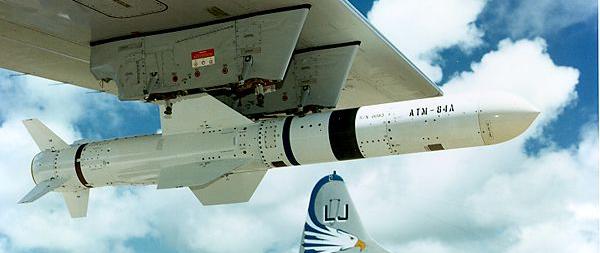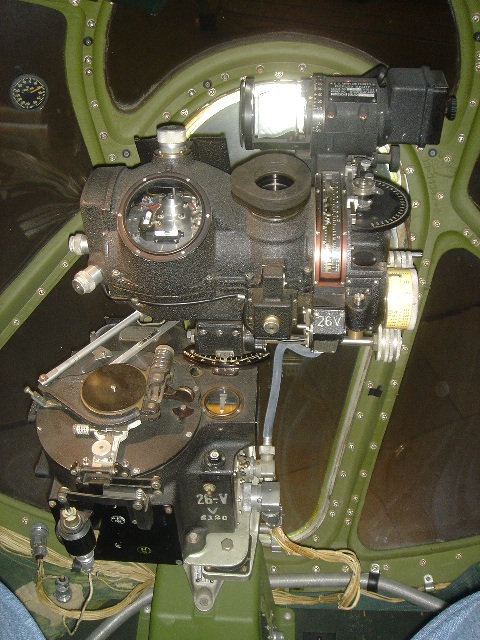A Journey into History – Part VIII
April 6th, 2006 by xformed
Part I, Part II, Part III,Part IV, Part V, Part VI,
So life, the evening of March 24th and wee hours of the 25th were exciting. Quite honestly, it was also the closest I personally ever came to combat during my career, and then it turned out to not even be that at all. In this case, it was the closest I ever came to being connected (directly) to a major international incident.
As the sun rose later on the 25th, at least two of Khadaffi’s Navy ships were transmogrified into mobile targets for the battle force’s SUCAP. Later in the day, I recall a ship’s company sailor poking his head into our watch station area, proudly holding a black and white 8×10 picture of a smoldering NANUCHKA gunboat. He asked if we wanted a copy. I would have loved one, but then I thought back to a story one of my CO’s had told me of a story about pictures.
Gary Voorheis had been at a Wardroom party many years before, at the house of one of the ship’s officers. He told us of being ushered upstairs, where upon he and a few other officers were shown pictures of the USS BELKNAP (CG-26) just after she had collided with the USS KENNEDY (CV-67) in 1975. These were photos taken by the officer, with his own camera, and he had held onto him for several years. Back in “the OLD Navy,†the Navy’s policy was every, yes, you read that right, every picture taken aboard a vessel was Navy property. The common convention was, short of some major situation, no captain bothered to have all photos developed and examined for possible useful content, however, the regulation was in place. In this case, these picture of the post-collision damage fell under this regulation. To shorten the story, shortly after the party, I believe the Naval Investigative Service paid the officer a visit and confiscated the photos, and I recall significant (read career ending) repercussions followed for withholding evidence from the collision investigation board.
In light of that story, and not being certain of the possible classification that may be assigned to the photo of the unlucky gunboat, I declined. About two weeks later, when the stateside mail caught up with us, there were copies of US News and World Report, with the very picture of the flaming evidence on the front cover.
We gave Khadaffi’s boys a big black eye, taking out a couple of SAM radars and at least two gunboats. My understanding is a thrid Nanuchka, with a little brighter skipper, was zig zagging between the ROCKEYEs lofted at him, and while he made it to port, the shrapnel left enough damage behind for the ship to sink pierside from progressive flooding.
The SARATOGA CVBG, taking ADM Jerimiah and the CRUDESGRU EIGHT staff back to the US. Just the CORAL SEA and AMERICA CVBGs remained. My staff transferred from the SARA back to USS BIDDLE (CG-34), and resumed our watches in the staff area in the Combat Information Center. The CORAL SEA CVBG began preps to turn over and OUTCHOP, too. Our last scheduled port visit was Benidorm, Spain (for the USS BIDDLE). On the last day of the port visit, we were informed we had been extended in the Med. That was quite a shock, but, orders are orders.
Side note: While we were involved in this series of operations off Libya, we began to receive mountains of mail from the States, courtesy of Operation Dear Abby. The history of that operation, which continues today, began with a letter from a BIDDLE sailor, even before we had left for the cruise. Early in my blogging days, I discussed the special support we received thru this project.
I also recall one day on watch when ADM Jerimiah was out on the Flag Bridge of SARATOGA, he beagn laughing and called us to come out and “see this.” We pulled the curtain back to see a small commercial jet, which had been chartered by a news crew flying over the CVBG, and an gaggle of different Naval aircraft were all tucking in beside an behind it, trying to get on camera. I suspect that was the time the famous picture, of a crew member of an EA-6B Prowler was holding up the sign “SEND COOKIES” for the camera, that was widely published.
As we headed back to sea, and the planning began to rapidly develop for a Navy strike on Tripoli and Benghazi, one night, the USAF sent a “natiional asset” our way to recon the target areas. The SR-71 flight I blogged about last year, was what I saw, and my post discussed how I found out who the pilot was, LtCol Brian Shul, quite by accident.
Due to time constraints, I’ll edit this post later (most likely tomorrow), to record my view of the events 20 years ago today. Those events were the bombings of Tripoli (actually named Tarabulus by the Libyans) with USAF FB-111s and Benghazi with Navy A-6s. The event was named Operation El Dorado Canyon.
The blogger known as the Southern Air Pirate, now on active duty and part of the GWoT, realizes his father was in the same fight, but, there where I was 20 years ago today….and his dad went “feet dry” with VA-85.
Stay tuned for the details from my view!
Category: Air Force, Geo-Political, History, Jointness, Military, Military History, Navy, Political | 2 Comments »





